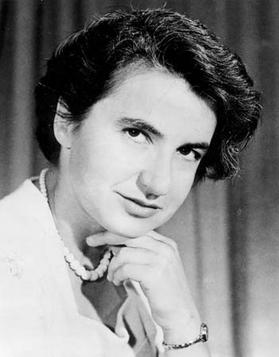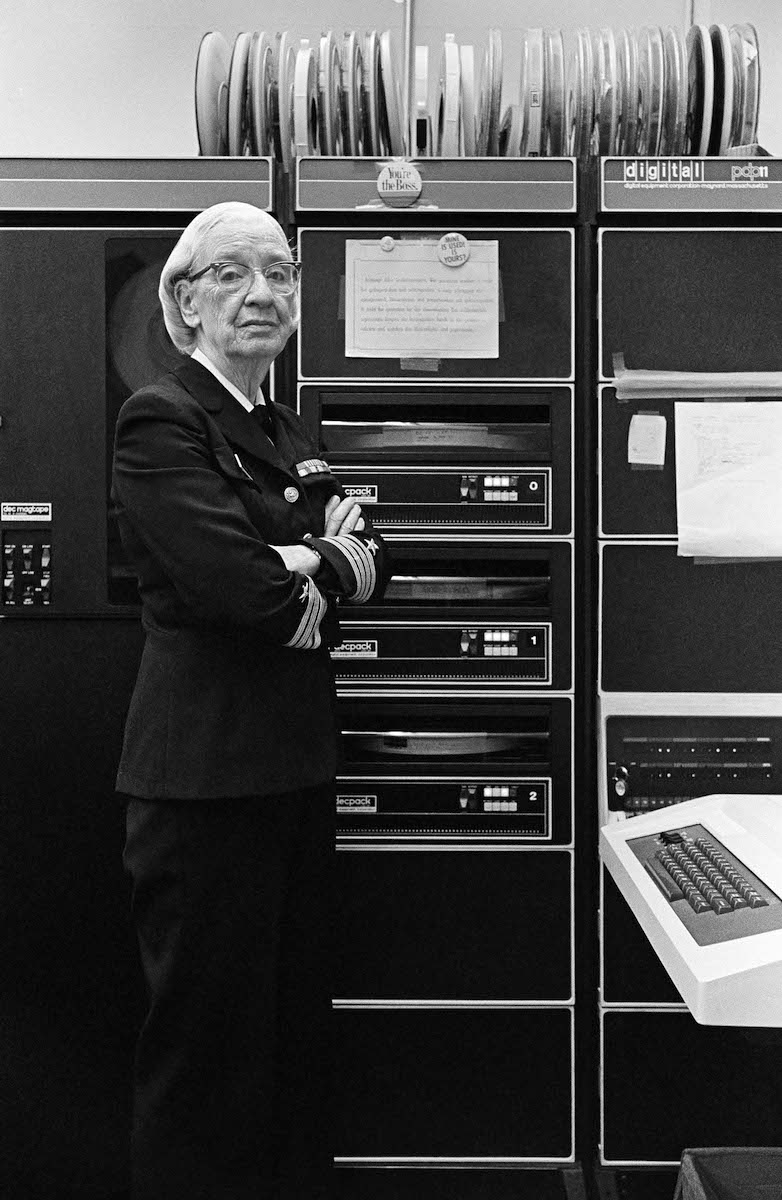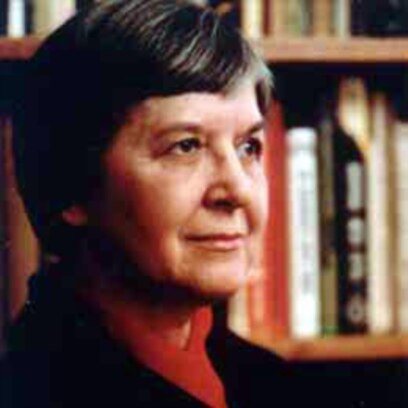Top 5 inventions by women
Inventors who make the news are usually men. But women have also made the necessary inventions, which we see in everyday life. Here’s a top five, to honor the oft-forgotten female inventors.
Contents
Marie Curie, inventor of the theory that describes radioactivity
To call Marie Curie talented is probably an understatement. She discovered two chemical elements, polonium and radium, by toiling under appalling conditions in a home-made lab.
She also unraveled the secret of radioactivity. She found out that this was not caused by chemical reactions, but by the falling apart of atomic nuclei. With this she initiated the first radioactive industry, namely the use of radium paint for luminous dials. And, with dire consequences, as make-up. She was also the founder of radiotherapy to treat cancerous growths.
Today, radium paint is no longer used, as it is too dangerous for health. In the end, this was also fatal to Marie herself. She died of cancer at the age of 66, presumably caused by unprotected work on radioactive substances. Only later in life did it become known how dangerous radioactivity is.
Only because her husband Pierre Curie moved heaven and earth to admit women as Nobel Prize winners, she won two Nobel Prizes. One for physics and one for chemistry. This makes her the only person ever to win a Nobel Prize in two different scientific fields.
Also, there is a chemical element named after her, curium, and an obsolete unit of radioactivity, the curia, as well. Rightly so, her life is both a monument of genius and perseverance.
Rosalind Franklin: discovered the double helix of DNA

Watson and Crick get all the credit for discovering DNA. In reality, the real groundbreaking discovery was made by a British woman, Rosalind Franklin. She took the x-rays of crystallized DNA, which showed the molecular structure. As a result, it became clear that DNA is helical and that two chains of nucleic acids formed a double helix.
But that’s not all. She also unraveled the molecular structure of various viruses, RNA, coal and graphite.
She died of ovarian cancer in 1958 and was awarded the Nobel Prize in 1962. The Nobel Prize Committee follows a rule that Nobel Prizes are never awarded posthumously, otherwise it might have received a Nobel Prize as well.
Only in recent years has there been more attention for her work.
Grace Hopper: the computer

Have you just been doing some debugging in a language like COBOL or Java and the compiler coughed up some lame programming errors that you could kick your ass for? Then you can say thank you to inventor Grace Hopper.
Before she came into play, computers were programmed with numbers. She was the first to develop a programming language and the concept of programming with words instead of numbers. Basically, the higher level programming language. In 1952 she developed the first compiler in the world that could convert this high-level programming language into machine code. She also coined the concept of bug and debugging, for programming errors.
Hopper was put to work by the US Navy to devise a programming language for business applications. This resulted in the Cobol programming language. Cursed by many programmers for its rigid structure, it does force neatness and is self-documenting, so the language is still popular with banks and insurance companies after 60 years. She continued to work until her death at the age of 85 and was popular for her sense of humour.
Hedy Lamarr: frequency hopping
Hedy Lamarr was both a famous American movie star and a fairly successful inventor. A flopped invention of hers was the effervescent tablet for soft drinks, which later made a small comeback. She did achieve success with the technique of frequency hopping.
During World War II, the Germans managed to hijack radio-controlled torpedoes and send them the other way.
In those good old days, science and technology were not, as they are now, a dirty word in culturally developed circles. Lamarr devised a system with the pianist and composer George Antheil to outsmart the Germans. Of course, computers that fit in a torpedo didn’t exist in those days, so they used a paper roll with holes to change the radio frequency in an unpredictable way. A role similar to that found in an automatic piano, a player piano.
The US Navy didn’t use this invention until the 1960s, but we still see it every day in Wi-Fi and Bluetooth. If a certain frequency is disturbed, they jump to another frequency.
And Lamarr himself? After six marriages, she ended up as a lonely cat lady who only communicated by telephone.
Stephanie Kwolek: Kevlar

The secret to light, strong bulletproof vests is Kevlar, or comparable aramid fibers. The discovery of Kevlar happened by chance. Stephanie Kwolek, the child of Polish immigrants to the US, did remarkably well in school. She applied to the chemical giant Dupont and was hired.
In the late 1960s, she was put to work there to find a lighter alternative to steel in car tires. Because the heavier a car, the more gasoline it consumes. The oil crisis already started to become noticeable in the late 1960s.
While working on aramids, she noticed that a milky liquid with a low viscosity suddenly formed. Usually, these types of solutions were discarded, as they threatened to clog the equipment. But Kwolek suspected something else was going on here. It took Kwolek a lot of persuasion to convince her colleagues to try spinning this solution into the form of a fiber.
And that was a good thing. The result: very stiff, strong fibers formed, so strong that the researchers couldn’t believe their eyes when they saw the readings and thought the device was broken. These surpassed anything previously known in terms of strength. For example, a kilogram of Kevlar aramid fiber is five times as strong as a kilogram of steel. The Dupont leadership understood that they had gold on their hands, and Kevlar was born. Kwolek’s name as a famous inventor was made. She died at the age of 90 years.


